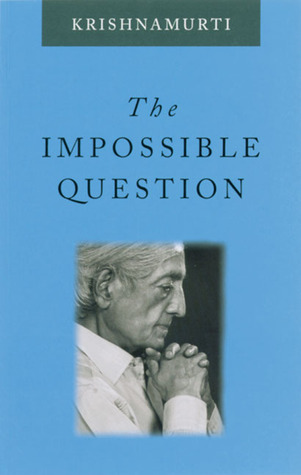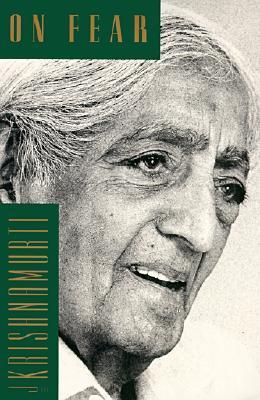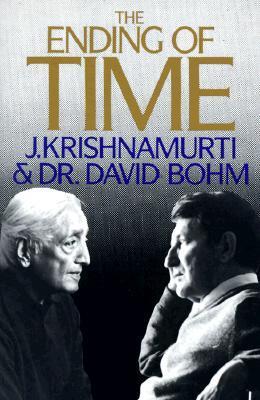
The Impossible Question
Book Description
What if the questions that haunt humanity hold the key to true freedom? In "The Impossible Question," J. Krishnamurti challenges the very foundations of our thought processes, leading readers on a riveting journey through the intricacies of perception, beliefs, and the nature of reality itself. With clarity and precision, he unveils the layers of conditioning that bind us, daring to explore the profound implications of self-discovery. As ideas collide and perspectives shift, the invitation remains: Can we transcend our limitations and grasp the essence of life? Uncover the ultimate truth that lies beyond words—are you ready to confront the impossible?
Quick Book Summary
"The Impossible Question" by J. Krishnamurti examines the profound questions that shape human consciousness, exploring how conditioning and belief systems restrict our awareness. Krishnamurti advocates for a radical self-inquiry: investigating the roots of thought, fear, and suffering rather than seeking ready-made answers. Through a series of dialogues and insights, he encourages readers to observe their own minds without judgment or preconceived ideas. The book emphasizes direct perception and awareness as the path to true freedom—freedom from societal, cultural, and psychological conditioning. Krishnamurti's approach is neither prescriptive nor dogmatic; instead, it is an open invitation to explore existence with fresh eyes, explore the unknown, and meet the 'impossible question' at the heart of genuine transformation.
Summary of Key Ideas
Table of Contents
Questioning the Nature of Thought and Conditioning
Krishnamurti begins by challenging the habitual ways in which humans seek answers to life's biggest questions. He suggests that the mind is often trapped in cycles of repetition, relying on old patterns of thought and inherited beliefs. This conditioning narrows our field of vision, making it difficult to perceive reality as it is. The "impossible question" is not a riddle to be solved but an invitation to see beyond the limitations of thought and question the very structure of our thinking.
The Illusion of Security and Fear
A significant theme is the illusion of security. Krishnamurti contends that people habitually search for safety in relationships, institutions, ideologies, and possessions, hoping these will provide lasting happiness or relief from fear. Paradoxically, this quest only deepens insecurity because such anchors are inherently unstable. By observing fear directly, without trying to escape or suppress it, individuals can begin to understand its origins and dissolve it at its root.
Direct Perception and the Limits of Knowledge
Krishnamurti urges readers to practice direct perception instead of relying on secondhand knowledge or the authority of others. He believes that truth is not found through conclusions, dogmas, or accumulated learning but emerges in a state of choiceless awareness—when the mind is attentive without distortion or interference. This clarity enables one to see themselves and the world without the filters of prejudice, expectation, or wishful thinking.
Self-Inquiry as a Path to Freedom
Self-inquiry is presented as a way of living rather than a fixed technique. Krishnamurti invites individuals to observe their thoughts, emotions, and reactions moment by moment, recognizing how identification with the self produces division and suffering. Through attentiveness and a willingness to confront uncomfortable questions, one can begin to loosen the grip of conditioning and experience a sense of inner freedom.
Transcending Words and Embracing the Unknown
Ultimately, Krishnamurti suggests that the ultimate reality—what is beyond all opposites and names—cannot be captured by words or intellectual understanding. Only by embracing uncertainty and meeting the 'impossible' question with openness can one come upon a new dimension of being. This radical openness to the unknown is, for Krishnamurti, the key to genuine transformation and the discovery of what it truly means to be free.
Download This Summary
Get a free PDF of this summary instantly — no email required.





